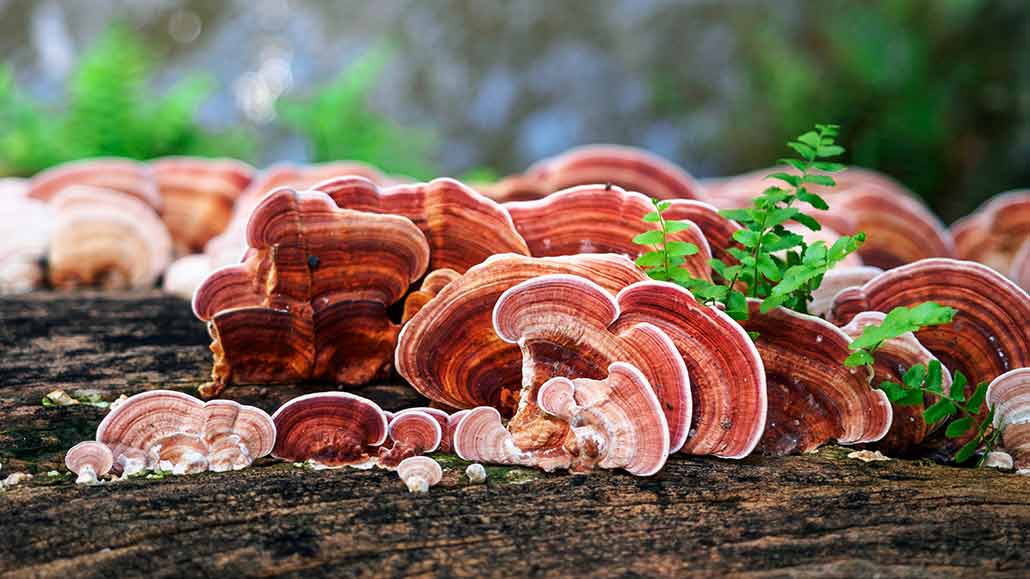Questions for ‘Made from fungi, this vegan leather can self-heal holes or rips’

A new type of self-healing leather has been made by processing the rootlike mycelium of this fungal species, native to Asia. In the wild, it can be found growing on wood stumps and fallen trees.
Sritakoset/iStock/Getty Images Plus